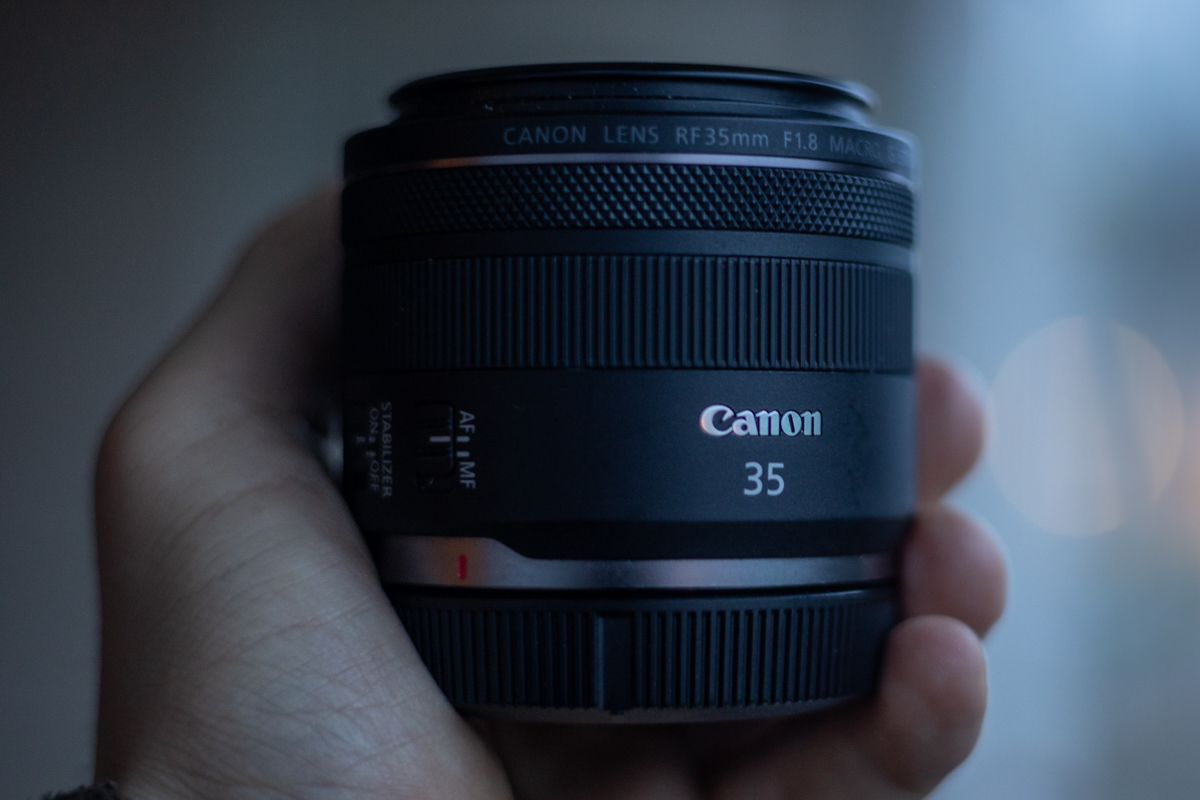Canon RF 35mm F/1.8 IS, how good is that lens? There no short answer, good, but not without its quirks. It is probably the most versatile prime lens I’ve owned. I would argue that its versatility makes it better than a prime lens.
Here, I will break down the cases when the RF 35mm can be used in travel photography and tell what kind of advantage it has over a zoom kit lens. In the end, I will talk about limitations. This is my Canon RF 35mm F/1.8 IS review.
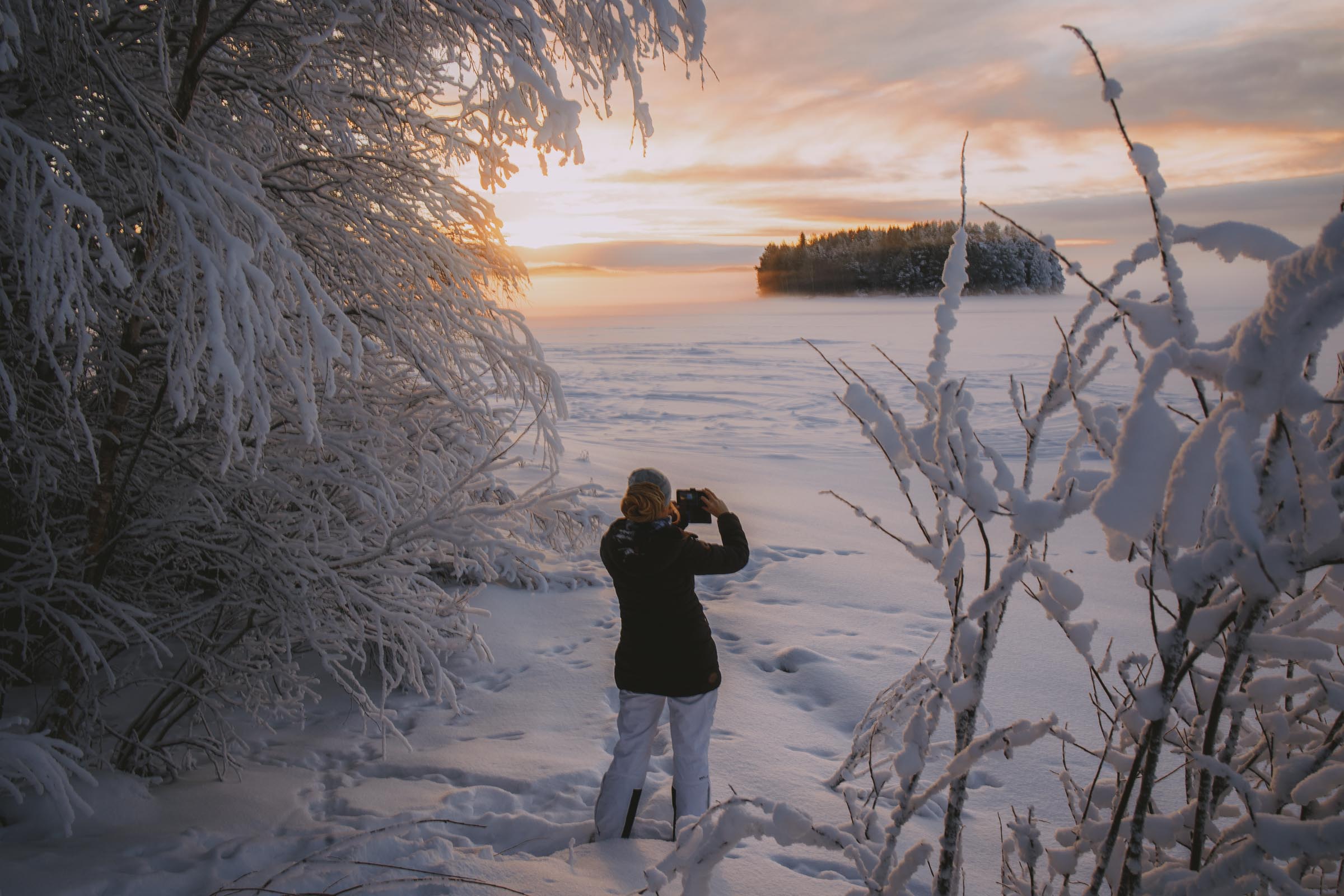
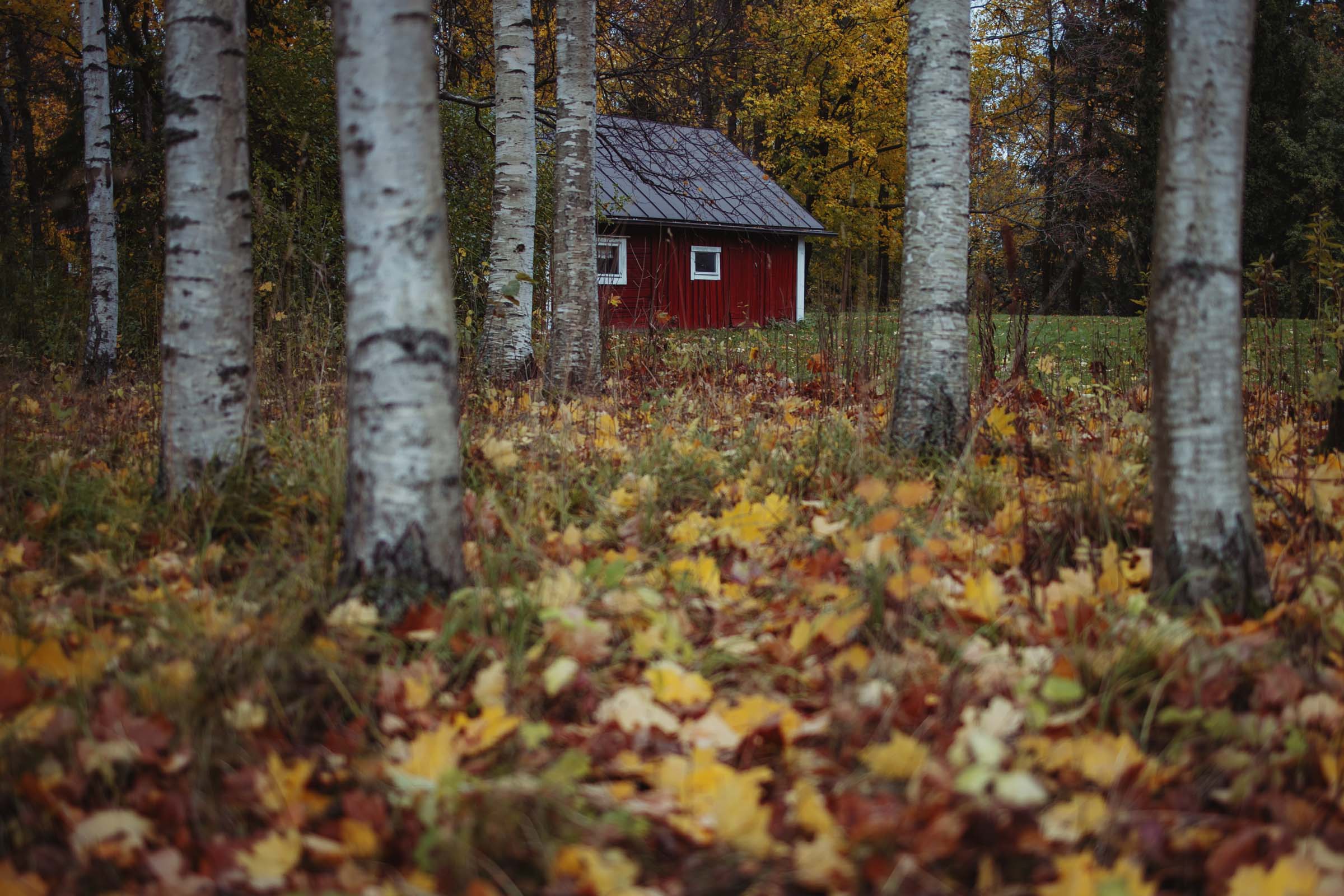
Table of Contents
Disclaimer
This post contains affiliate links for purchasing the lens at the end of the review. Buying from those doesn’t cost you extra, but I get a small % from the sale, which helps me run this website.
About the review
This isn’t a classic review about sharpness at different f-values, etc. You will find plenty of gear bloggers sharing this info. Instead, I will break down the real use cases.
The review is made from a travel photography perspective. I believe that this is the genre that involves many others (street, landscape, portrait, events), basically anything that can bring an atmosphere of a removed location. If you don’t shoot travel, you may still find it useful.
Why do I compare it to a kit zoom?
The majority of the reviews I’ve seen compare relatively similar lenses to each other. They even compare similar lenses of different brands (who has better 70-200 for instance). But in my opinion, you need to choose between a fast prime and slowish zoom lens more often. Think about this; you have one camera body and you need to keep one lens attached. What should it be? Or you are getting a Canon RF body, what is the first native lens you should buy?
Canon’s RF L glass has (L)uxury price tag. At the moment I’m writing it (April 2021), Canon has only a few non-L lenses, out of which, the 35mm is the most versatile. I think this versatility makes it a competitor to zooms.
Zoom vs prime, briefly
Before we deep into the details, let’s get this out of the way. In general, (well, obviously) prime lenses are easier to make. Yes, overall, there are prime lenses that are more sophisticated than zooms, but let’s talk about the lenses within the same category (league, quality). Normally, you don’t compare a cheap 100 Eur zoom to a high-end 5k Eur cinema prime.
In general prime lenses have
- Smaller size and weight
- Lower price
- Better speed (max aperture)
Canon 35mm for travel photography
Canon 35mm is a prime lens that is fast, small, reasonably priced, and with good image quality. On top of that, it can focus very close and has image stabilization. Let’s go into details and see what it means.
“Point and shoot”
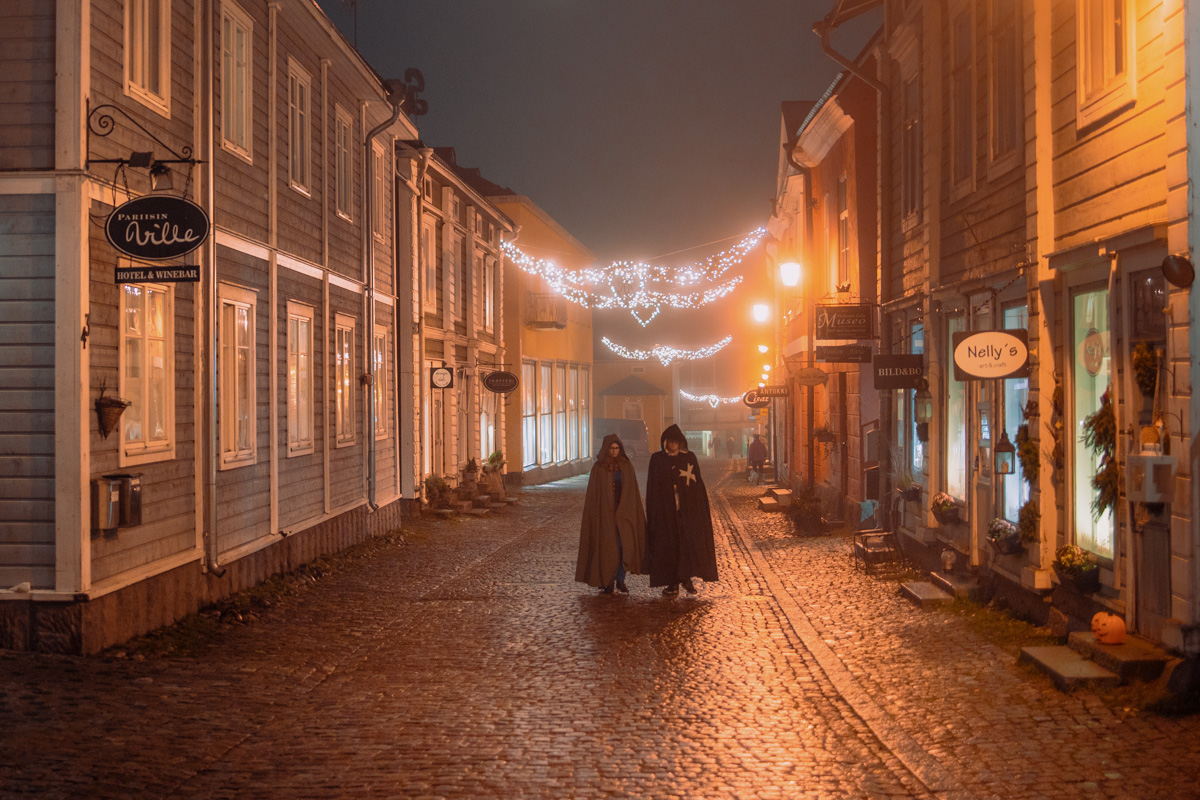
This 35mm is just a bit longer* than RF 50mm f/1.8. It is small enough, that when it hangs on a strap, the lens “looks” forward, Its weight doesn’t make it point to the ground. When I photograph a scene on a street, which is a common thing in travel, I prefer to go unnoticed. And I would argue that the move, when you point your lens onto a subject attracts most of the attention. When the lens is in the correct position – it is easier to “point and shoot”. You can even shoot from your chest.
* Canon RF 35mm f/1.8 IS: 74.4 x 62.8 mm / 2.93 x 2.47″
Canon RF 50mm f/1.8: 69 x 40 mm / 2.7 x 1.6″
35mm – classic focal length
If you use a zoom lens – make a trick. Take your best images and sort them based on focal length. What focal length is most common? For me, overall travel photography is around 35mm, but portraits 50mm and more.
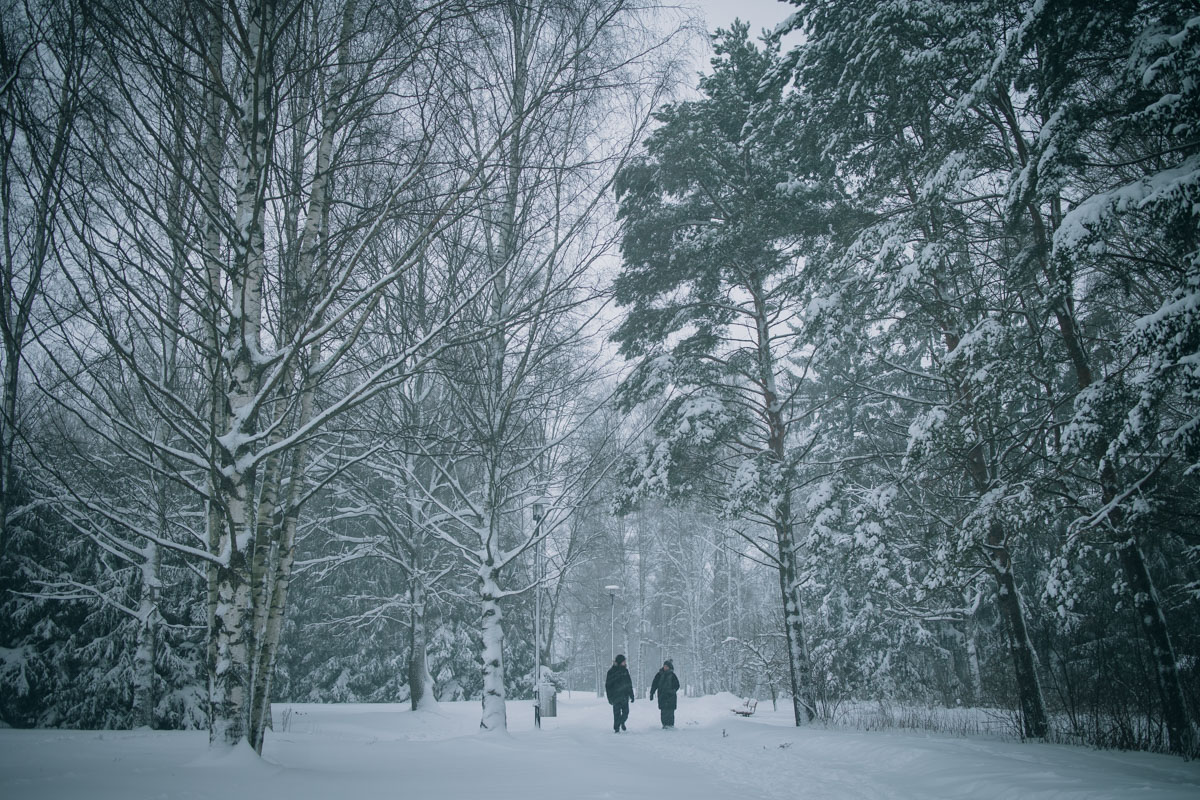
35mm shows things about as wide as your eyes can see. This significantly reduces the time to compose the shot. You just need to point the camera in the right direction. Most other lenses see differently, so you need to compose the shot more carefully by looking through a viewfinder.
See what your eye can see
For some reason, no one talks about this. With a long (I mean size) wide-angle lens, the things in the viewfinder would be different from the way you see them with your eyes. The difference is especially significant closer to the edges on a wide angle.
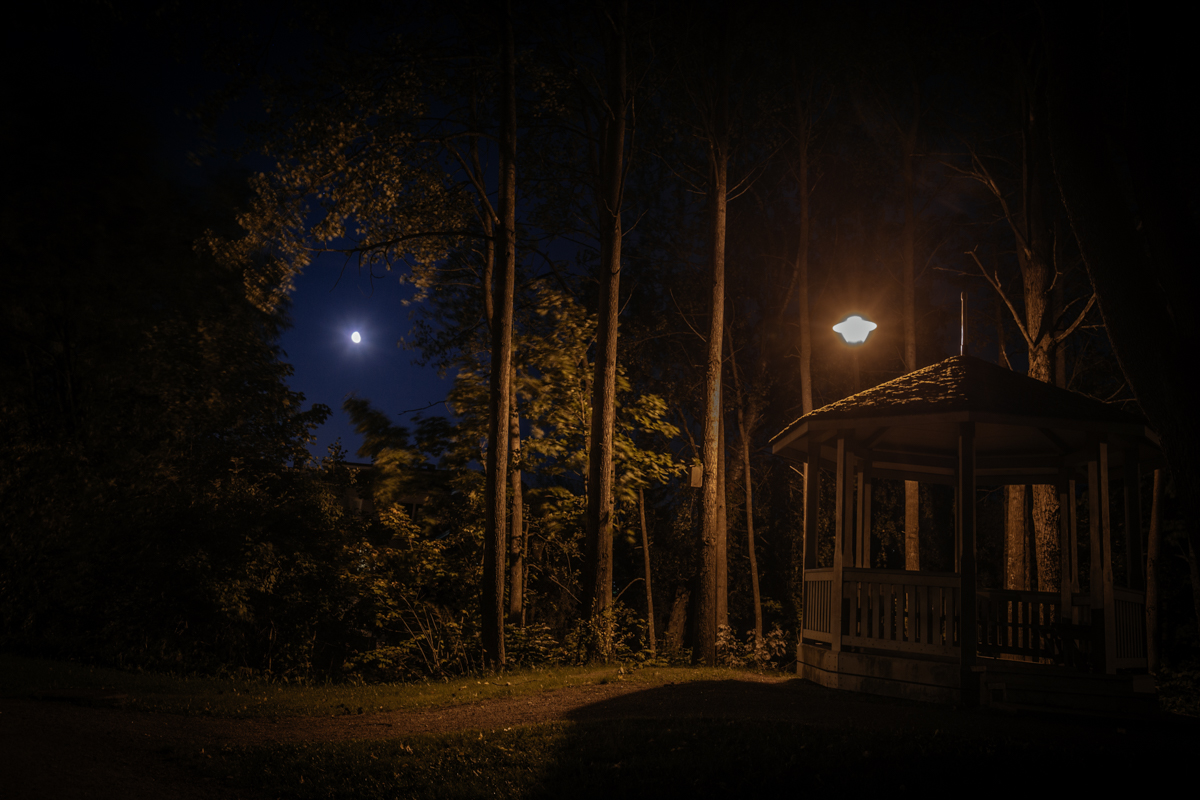
My point is; when the lens is short – this difference is not significant. This means you need less time to compose the shot
Easy to get around
Let’s assume you photograph at a party. People are jammed together in a small area. I found myself using the Canon RF 35mm most of the time because it makes it easy to get around. And, as it often is during the trip, you don’t shoot party as an assignment – you are part of it. You may hold a drink on the other hand, so you cannot rotate the zoom ring. Ok, it may not drink, how about a flash or a camera light. (I personally use Aputure MC – constant camera light)
When I photograph at a party – I talk to people, and when I see them happy, I take a step back and take a picture. 35m is just right to make a waist-level group portrait, without the need to go far away.
Another common travel scenario for me is sports. I mean, when you take part in them. When I go running – I keep my camera with a 35mm lens on a Peak Design clip. It is also my to-go lens when I photograph from a bicycle.
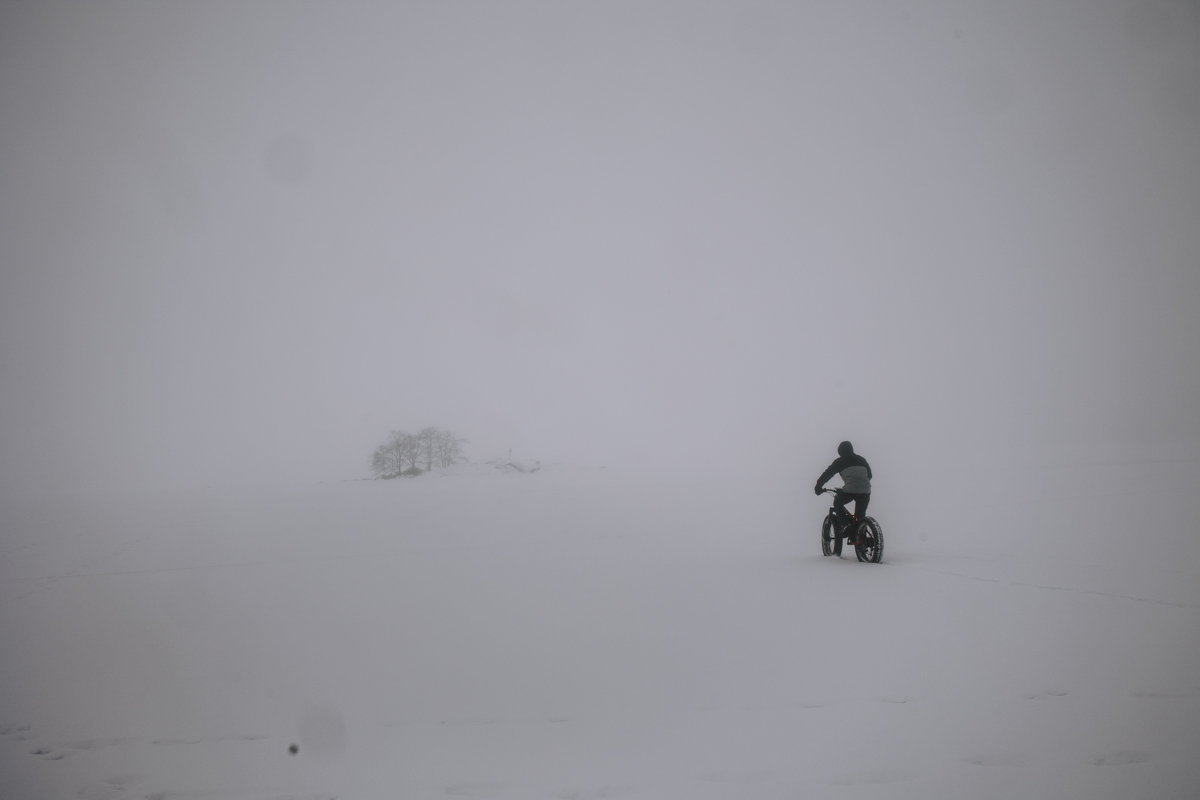
Portraits
In travel portraits, I preferer to include some of the environment. Here, many photographers would recommend 24mm. I can agree, but only partially. 24mm includes a lot of objects and has distortion on edges. You would need more time to compose the shot.
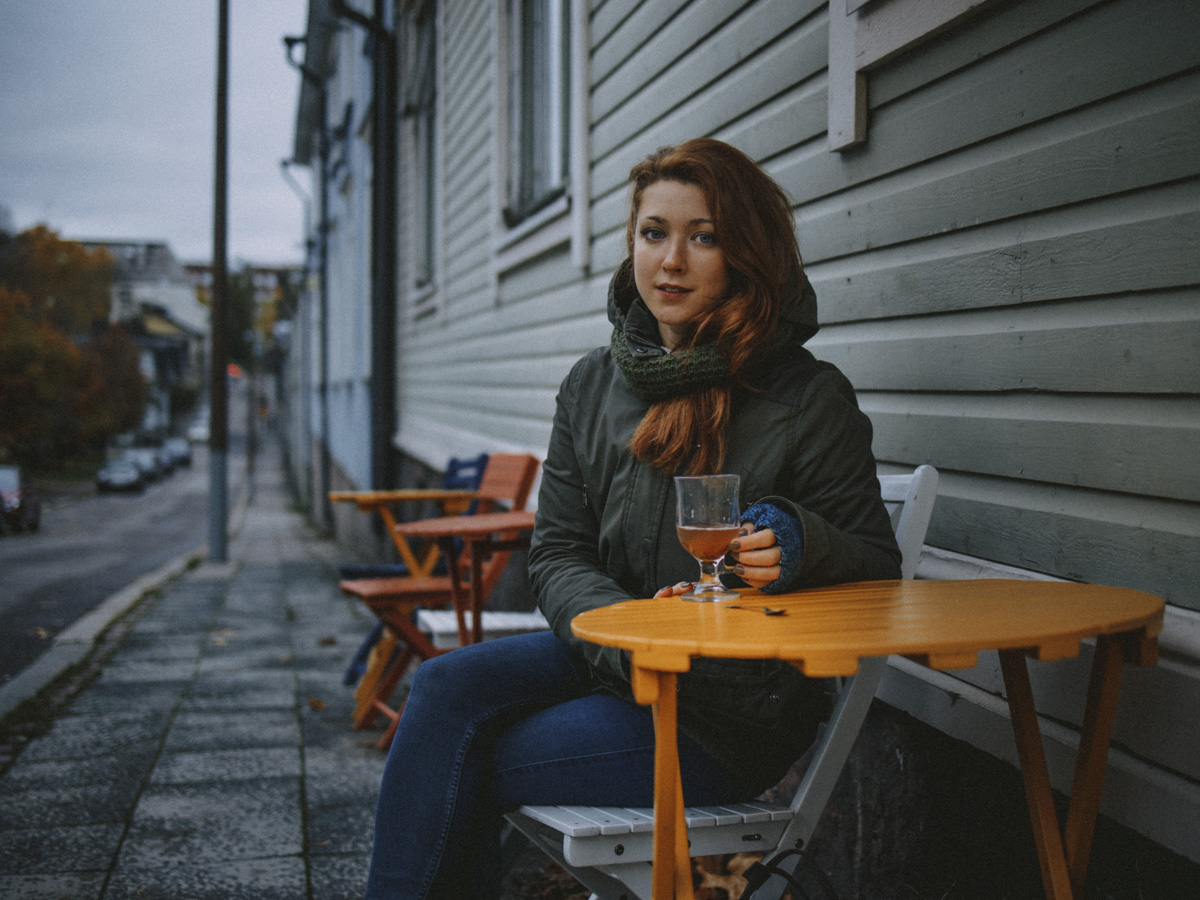
In my opinion. If you have time to carefully compose – use 24mm, if your travel schedule is tight – use 35mm.
F/1.8, Macro, IS, what it means in practice?
Well, first of all, you gonna get background separation (bokeh) at wide-angle. It isn’t very common in this price/category. The fact that you can focus close makes it even easier to get bokeh. I am a bit unsure about how useful macro is. Unlike 100mm (in my opinion, the best focal length for macro) you would need to get very close to the subject. If you photograph insects – it is gonna scare them. But, because macro at this focal length isn’t very common – your images will stand out.

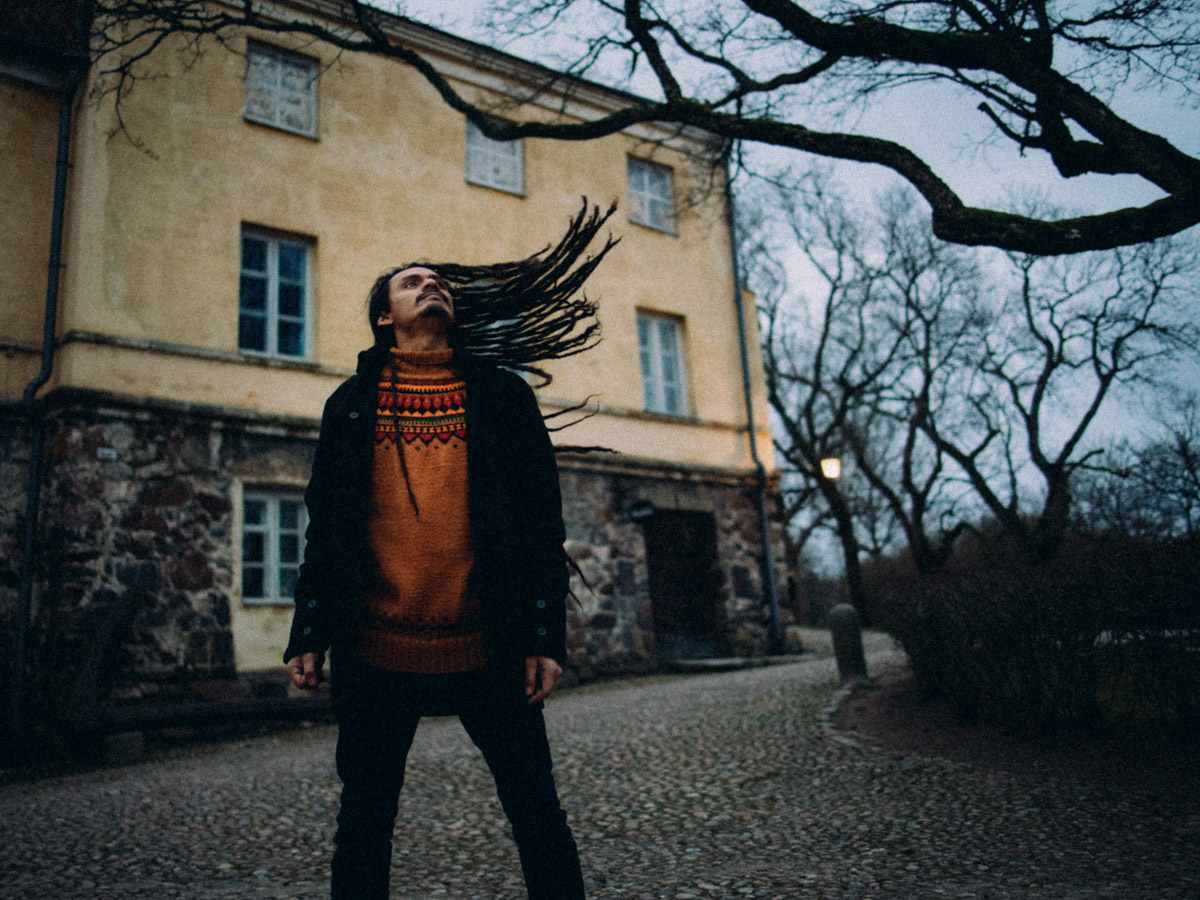
F/1.8 as focal length, in general, performs well in low light. Coupled with image stabilization, you can handhold the lens at low shutter speeds. This comes quite handy at night.
Not sure how Image stabilization compares to other lenses, but if I shoot three images at 1/2 of a second – one of them is sharp. At. 0.4 of a second it delivers consistently good results.
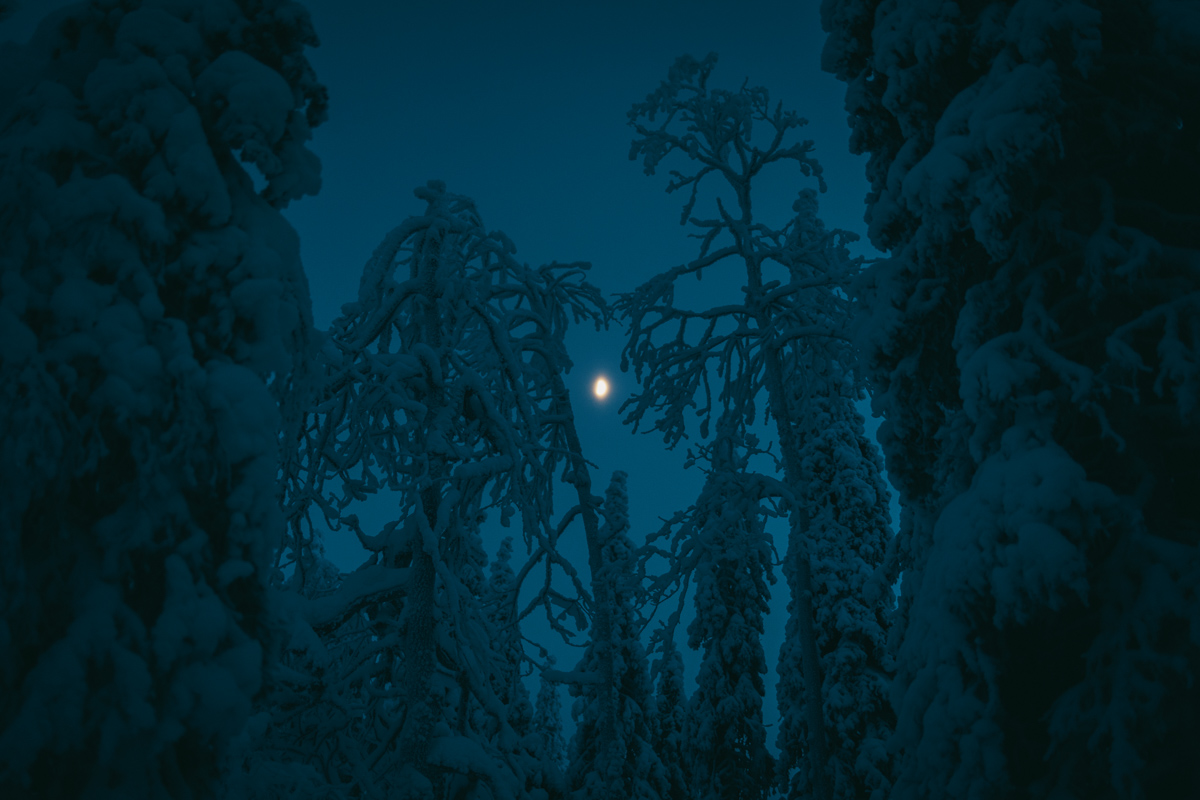
Also, I used this lens to photograph birds eating from my hand. They are extremely fast
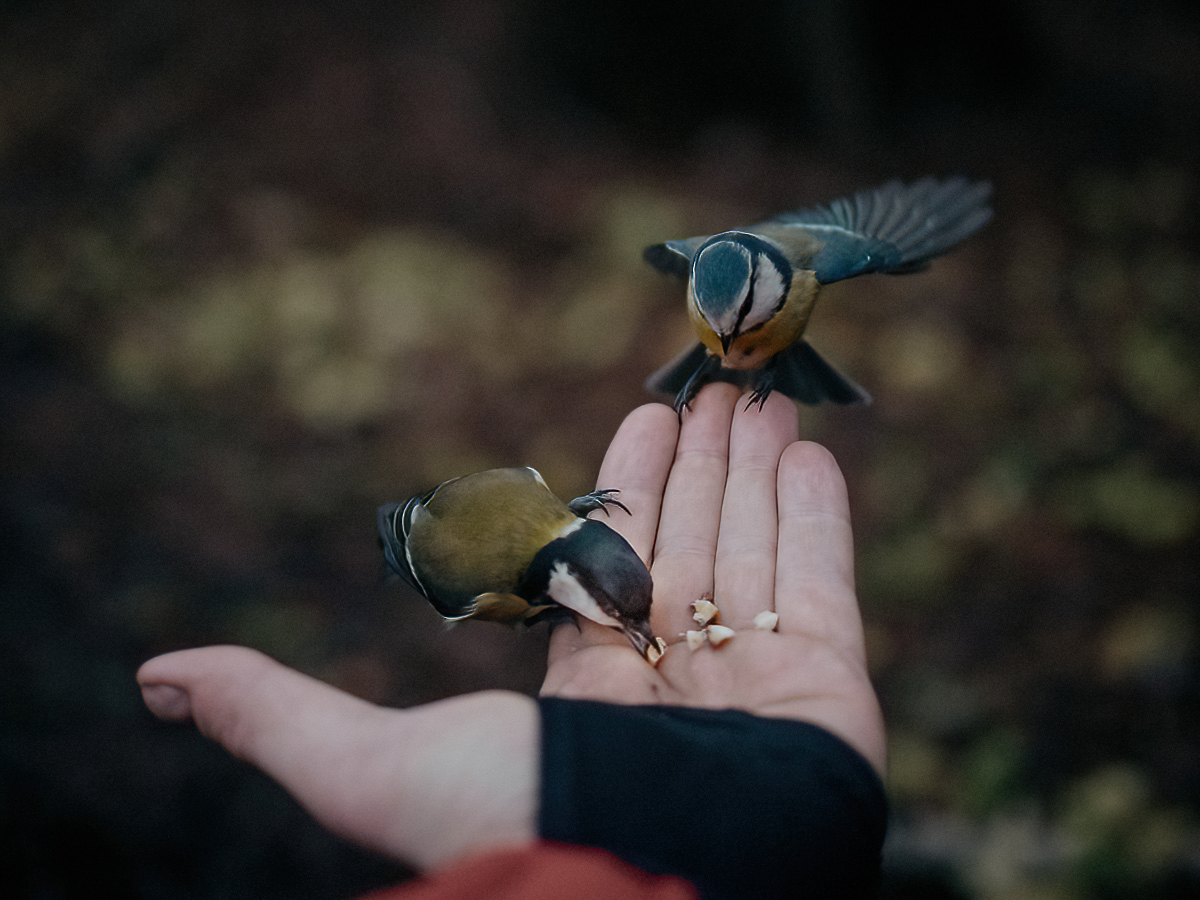
Limitations
Canon RF 35mm F/1.8 IS is a good value for money, but it isn’t perfect.
Close focus problems
That is my main issue with this lens. Photography gear bloggers keep praising the R5 and R6 for autofocus. I may agree if they call it great or class-leading. But it is definitely not flawless!
In darker conditions camera focus-hunts. And guess what the lens’s close focus does? The camera may start focus hunting very close, and it takes a significant amount of time until it figures out that the subject is few meters away. A significant amount of time!
I wish there was a switch to disable macro! I would even buy the same lens without the macro mode, especially if it would make it smaller.
Ugly lens flare
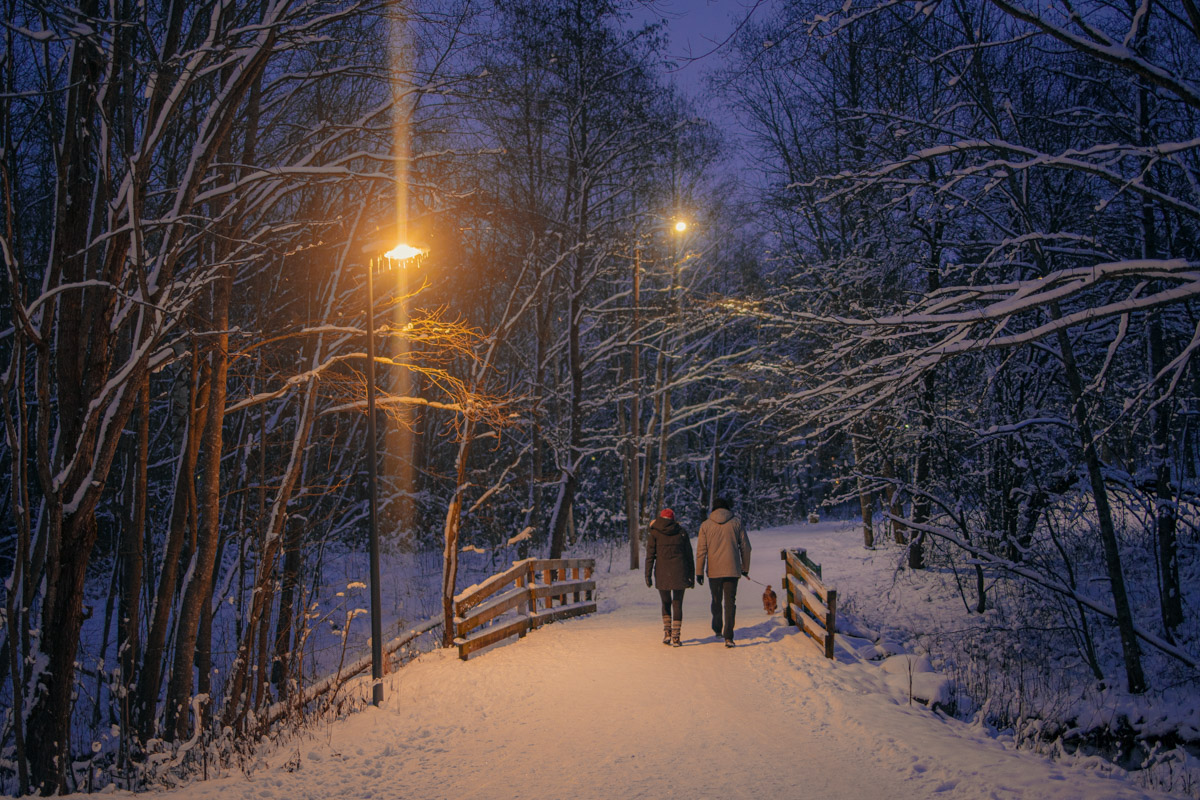
Do you like what you see? You often buy an f/1.8 lens to take pictures in darker conditions. But there is a risk that flashlights would look like this. There’ve been cases where I switched to my Canon EF 16-35 F4 IS, which does a much better job with direct light.
Overall, most of the time, 35mm gets it right. But the risk of getting ugly flare really bothers me. I have to take additional time to check the images on camra.
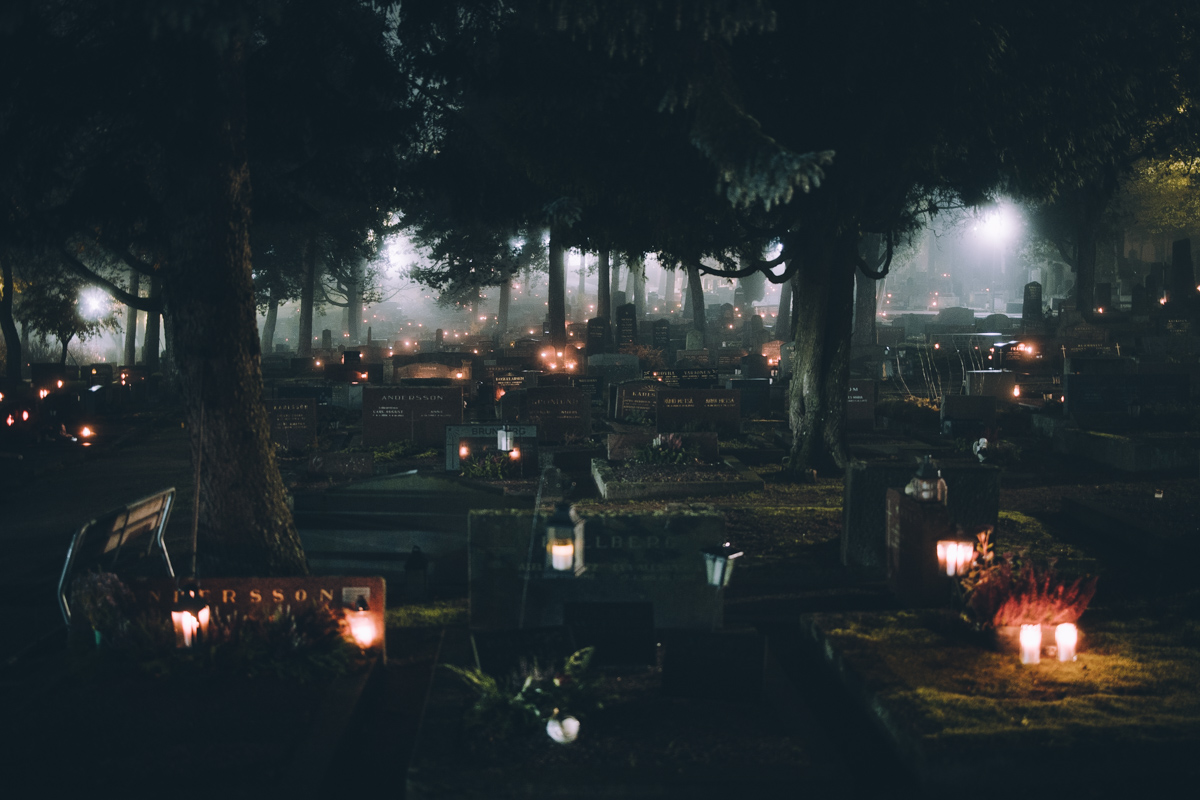
Weather sealing
The lens is not weather-sealed, but overall, the build quality is as good as you would expect from a 500 Eur lens. No complaints here.
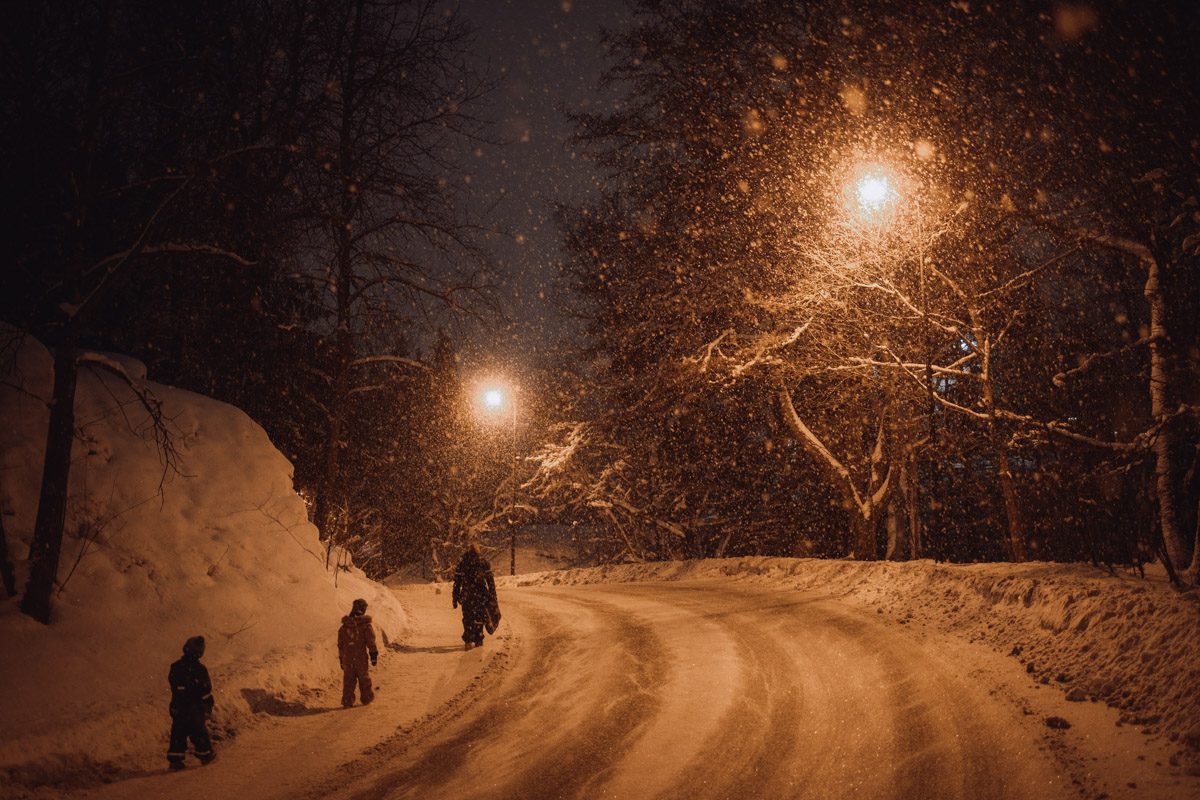
Conclusion
Vs other 35mm. Despite its quirks, I think this lens is an outstanding deal! Images are fast and easy to compose. I prefer this lens when I travel with someone, who wouldn’t like to wait until I compose the shot. I use it to take pictures at travel events when I take part in them and don’t dedicate myself 100% to photography. When I shoot events as an assignment – I often use 16-35.
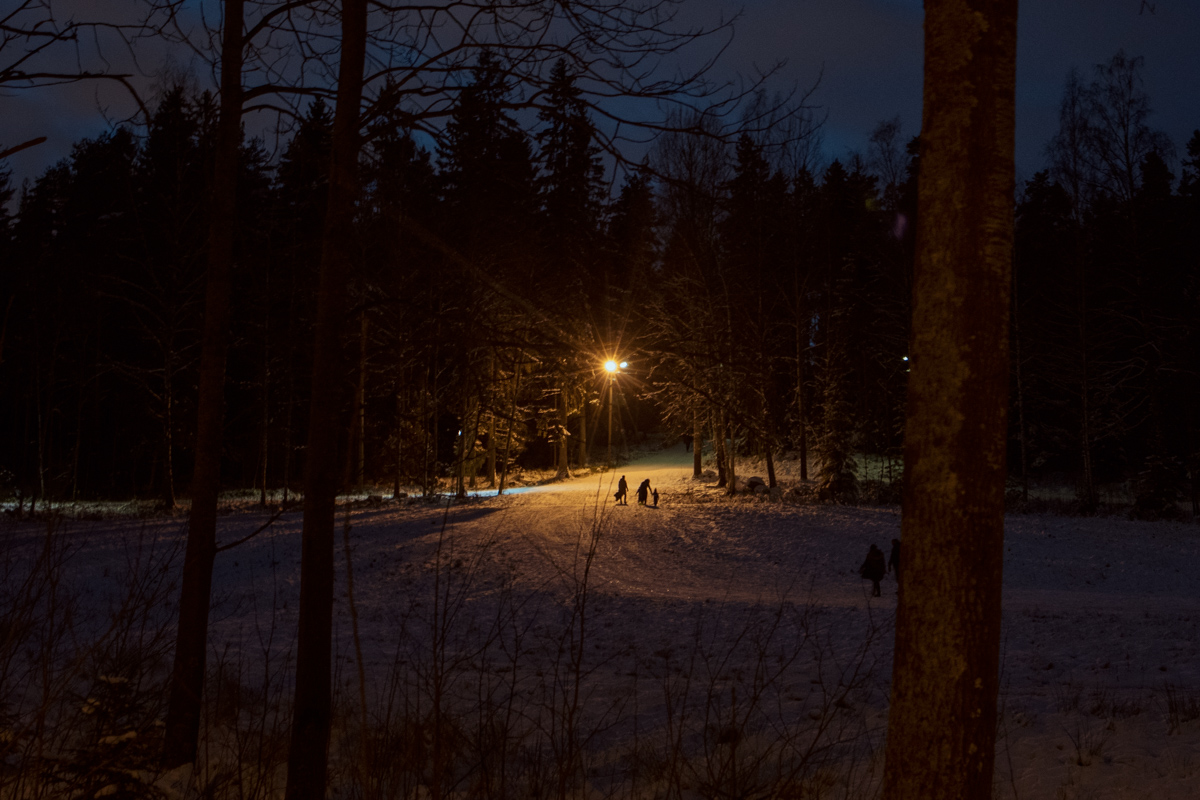
Vs zoom lens, It 35mm a better alternative? Well, with 35mm you lose the opportunity to go very wide (like 24mm) and you cannot zoom heavy. But both of these things require a bit of extra attention. Normally, when I travel with someone or take part in an event or sports – I keep 35mm on. I also use it when I need to create out-of-focus areas at wide-angle and in low light. But when I go around alone and can take time to compose a shot – I take a zoom lens.
Affiliate link
Buying from those doesn’t cost you extra, but I get a small % from the sale, which helps me run this website. In my reviews, I don’t copy-paste spec sheets and bring you original content.
For now, I only link EBAY, but I will expand to Amazon and B&H as I get more views.
BUY Canon RF 35mm F/1.8 IS on EBAY
Let’s connect
If you want to discuss, exchange experience with Canon RF 35mm F/1.8 IS. join the Facebook group.
Canon RF 35mm F/1.8 IS Macro, Sample images











